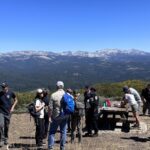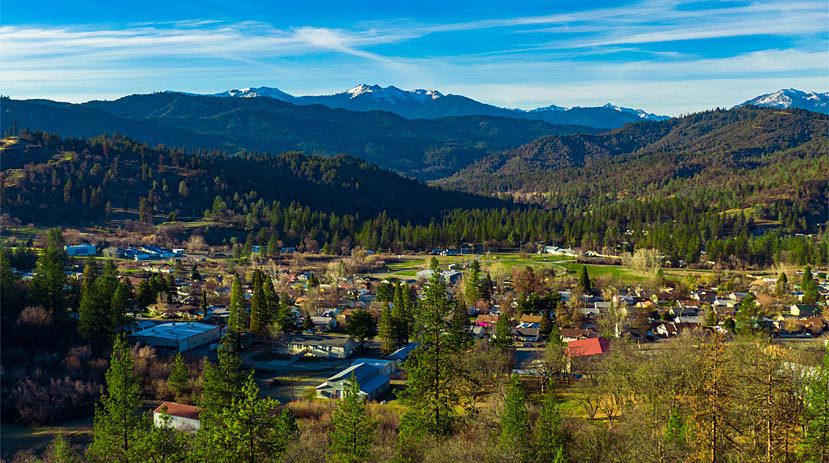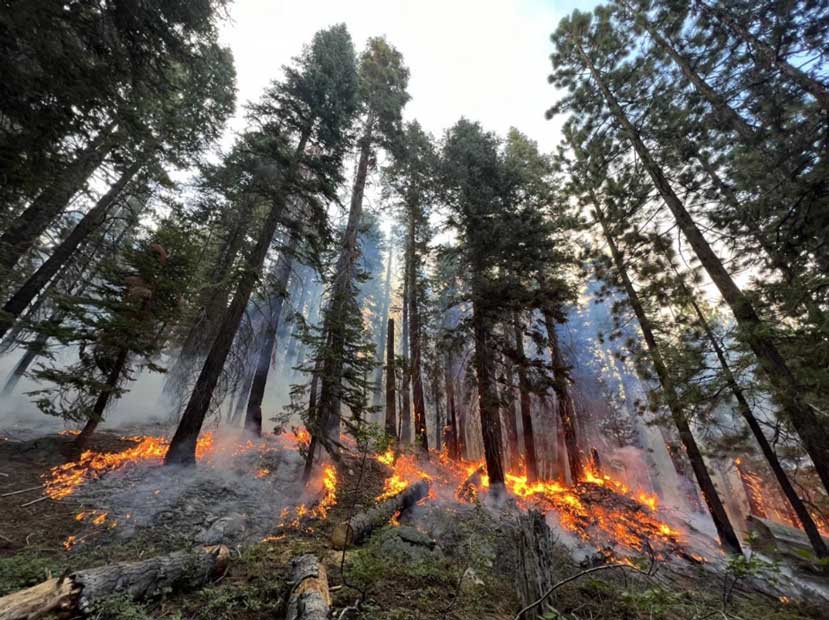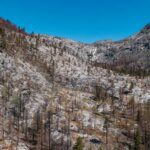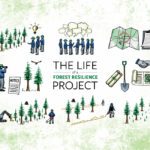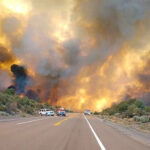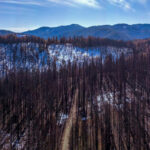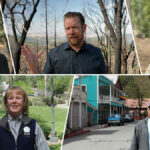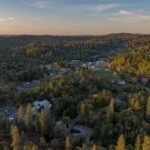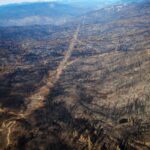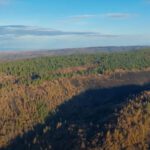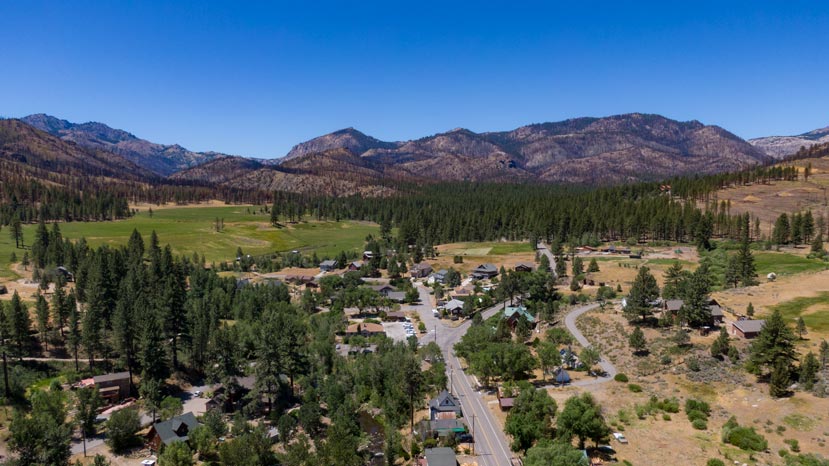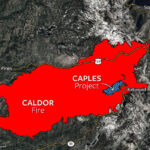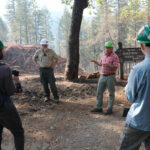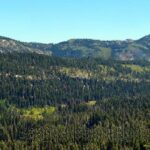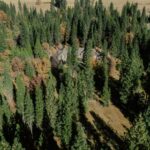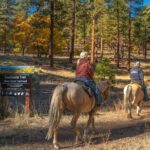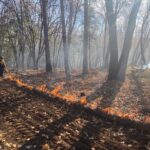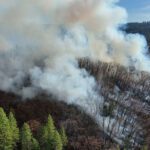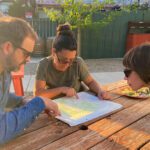Wildfire Risk in the Sierra-Cascade
Fire is a natural and essential process in California’s Sierra-Cascade region. Wildfires of the past burned mostly low to the ground and fairly slowly, thinning out brush and smaller trees. This resulted in large, healthy trees dominating and spread out across landscapes.
Today, many wildfires are burning larger and more severely. Decades of fire suppression and historic timber harvests have created overcrowded and unhealthy forests that fuel more destructive behavior. These large, damaging wildfires devastate communities and ecosystems, and their impacts are felt across the state as they degrade our air quality, jeopardize the state water system, and offset progress toward California’s climate goals.
Read more about wildfire risk in the Sierra-Cascade.
